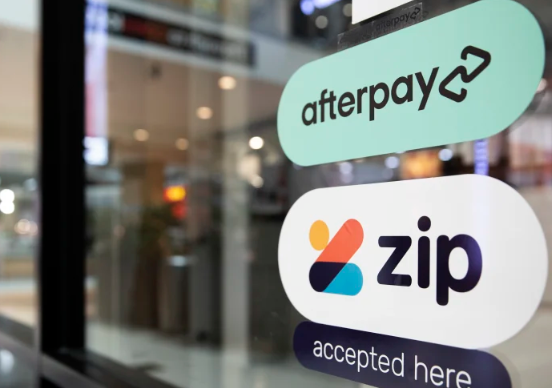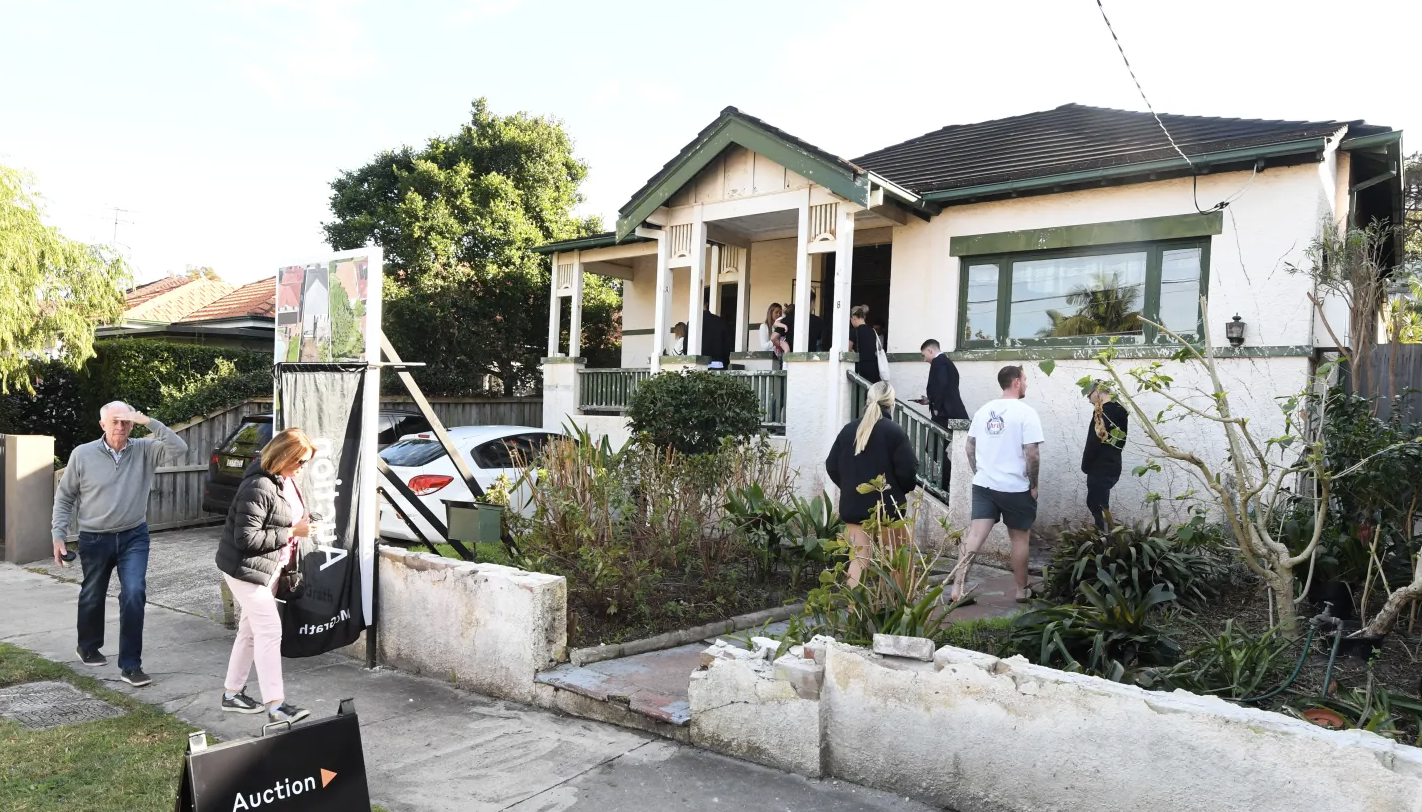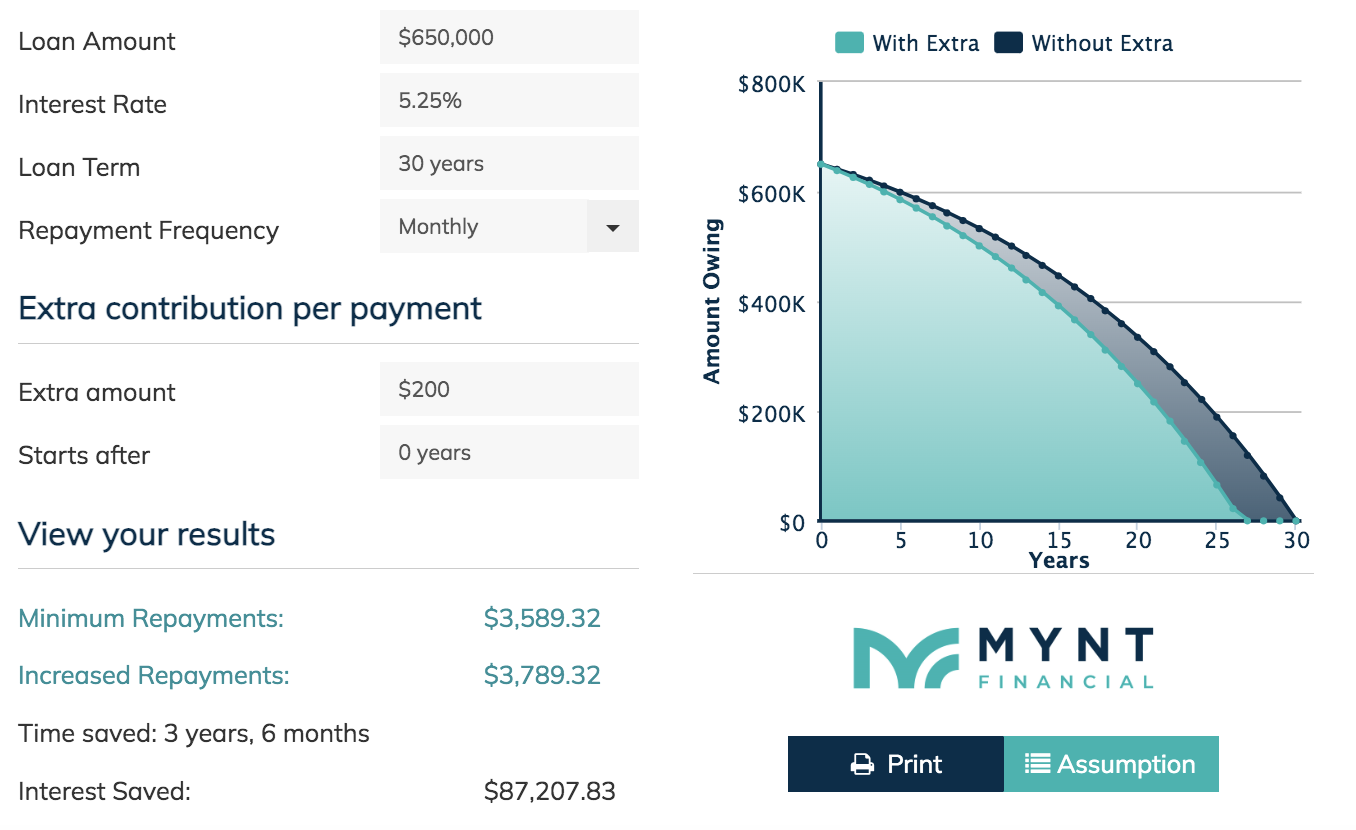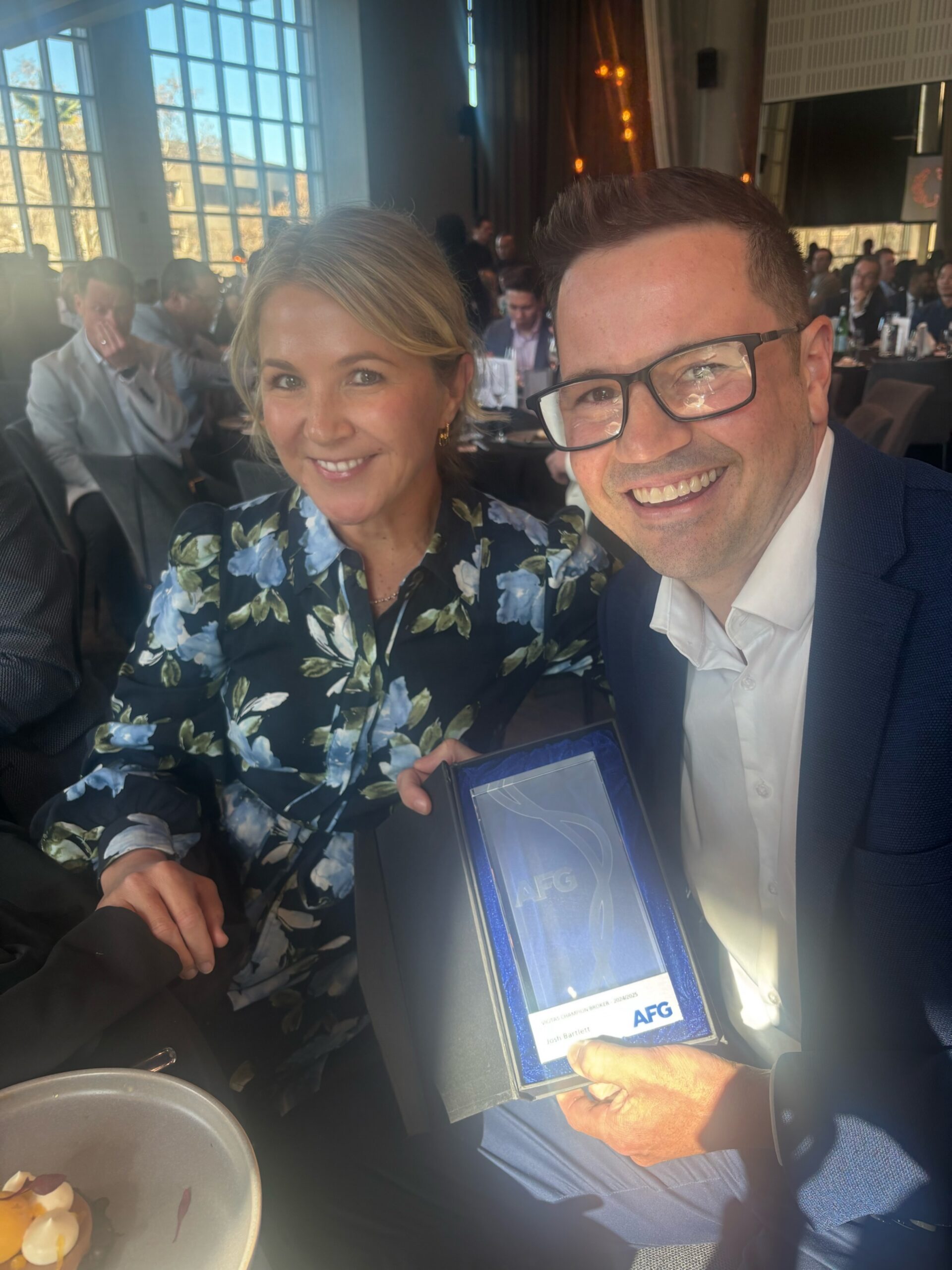As we head into the silly season, when spending ramps up and everything from Christmas parties to “just one more gift” is calling your name, it’s worth pausing to think about the way we pay for things.
You’ve probably seen it everywhere: Afterpay, Zip, Klarna, Humm “Buy Now, Pay Later” (BNPL) options that make it easy to split a purchase into smaller instalments. No interest. No drama. Just pay it off over time.
Sounds convenient, right?
And in some cases, it can be.
If you’re financially disciplined, have the cash available, and simply prefer to spread payments for budgeting reasons, BNPL can be a handy tool. Maybe you can afford that new fridge or a set of tyres, but like the idea of breaking it into equal payments to manage your cash flow. That’s smart money management.
But for others, BNPL can be a slippery slope, especially when it’s used for things that probably don’t belong in your “must have” column.
The Instant Gratification Trap
Unfortunately, we live in a world of instant gratification, where we want what we want now.
Gone are the days of “lay-by” where you paid it off over months and only got to take it home once it was paid in full.
Now, you can walk out with the dress for this weekend, the dinner bill from Friday night, or your next lash appointment… all thanks to a few taps.
But here’s the thing, if you don’t have the money now, you’re borrowing from your future self. That can cause serious issues later, particularly when it’s time to apply for a home loan.
What I See Every Week
As a mortgage broker, part of my job is helping clients review their finances, every expense, every debt, every direct debit. One of the most common questions I ask is:
“On a scale of 1 to 10, how good are you with savings and budgeting?”
The answers are always revealing.
I worked with a couple recently where one partner was spending over $500 a month on BNPL repayments, all for things she’d already received. Mostly beauty treatments and clothes. She admitted she didn’t have enough cash for them after paying her regular bills, so Afterpay “made it possible.”
The problem? Those repayments became a real barrier to getting ahead. When it came time to buy their first home, that $500 a month had to be factored in reducing what they could borrow. It changed the borrowing capacity from $680,000 to $620,000.
I’ve also seen BNPL hurt credit scores and even stop people from qualifying for better rates, purely because of missed payments, credit card debt, or small defaults on things like phone bills or gym memberships.
What You Can Do
This isn’t all doom and gloom, it’s about awareness.If you use BNPL wisely, it can be part of a healthy money strategy. But it’s crucial to know your limits.
A few things I encourage clients to do:




The Takeaway
Buy Now, Pay Later can be a useful budgeting tool or a financial trap. It all depends on how disciplined you are with money.
If you’re feeling stretched or you’re looking to tidy things up before buying, refinancing, or starting the new year strong, chat with us at Mynt Financial.We can help you review your credit cards, personal loans or car loans, and see if consolidating your debts could save you serious stress (and cash) in 2026.
Director Mynt Financial
If you would love to chat about your home loan options – Reach out for a quick chat today





